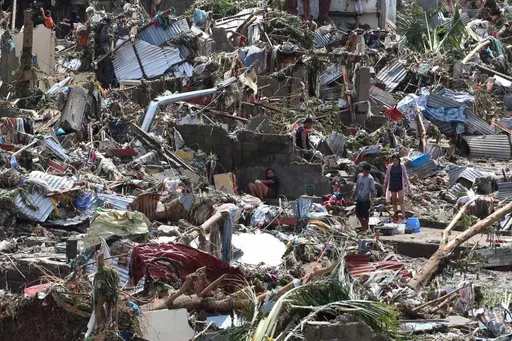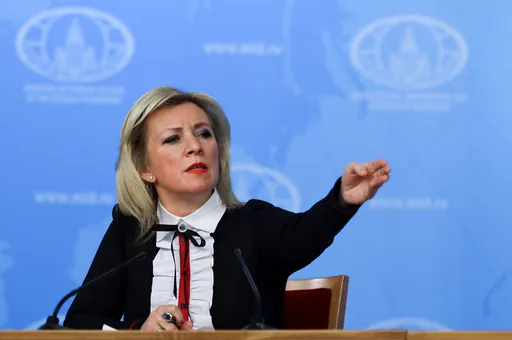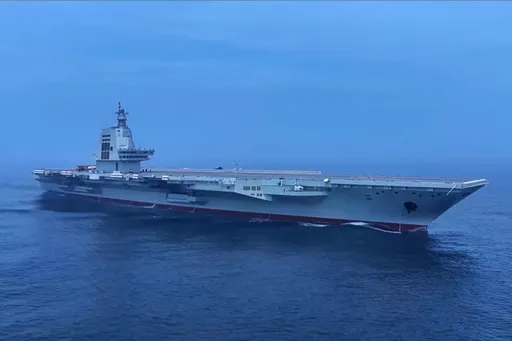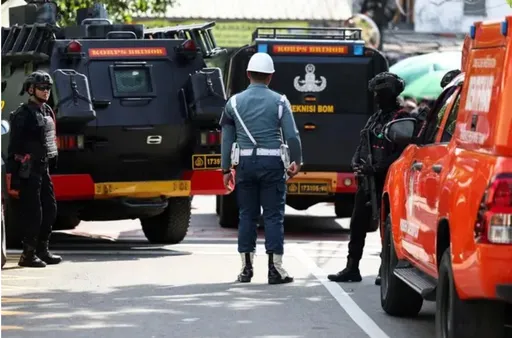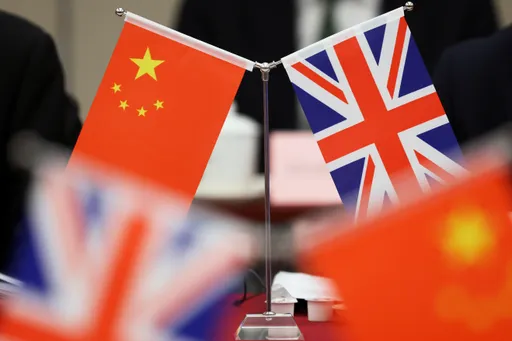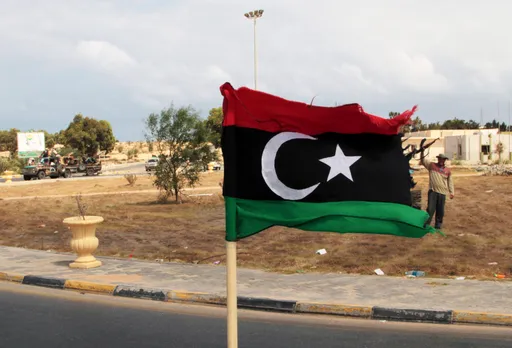North Korea on Thursday conducted its first intercontinental ballistic missile launch in a month, possibly testing a new type of more mobile, harder-to-detect weapons system, its neighbours said, in an extension of the North’s provocative run of missile tests.
The launch prompted Japan to issue an evacuation order on a northern island, and though it was later retracted, it shows the vigilance of North Korea’s neighbours over its evolving missile threats.
South Korea’s Joint Chiefs of Staff said the missile launched on a high angle from near the North Korean capital of Pyongyang and fell in the waters between the Korean Peninsula and Japan following a 1,000-kilometer (620-mile) flight.
The Joint Chiefs of Staff described the missile as having a medium or long range. The United States National Security Council called it a long-range missile and Japan’s defence minister an ICBM-class weapon.
South Korea’s military believes North Korea launched a new type of ballistic missile, possibly using solid fuel, a defence official said under anonymity because of office rules.
If the launch involved a solid-fuel ICBM, it would be the North’s first test of such a weapon. North Korea's known ICBMs all use liquid propellant systems that require them to be fueled before launches.
But the fuel in a solid propellant weapon is already loaded inside, allowing them to be moved more easily and fired more quickly.
A solid-propellant ICBM is one of the key high-tech weapons that North Korean leader Kim Jong Un has vowed to build to better cope with what he calls US military threats.
Other weapons he wants to acquire are a multi-warhead missile, a nuclear-powered submarine, a hypersonic missile and a spy satellite.
Japanese officials earlier confirmed the missile had not fallen within the country's territory and posed no threat to residents.
South Korea and Japan typically do not issue evacuation orders for North Korean launches unless they determine weapons flew in the direction of their territories.
Climate and environment ministers from the Group of Seven are due to meet this weekend in Sapporo, Hokkaido's regional capital, a month before the group holds its summit in Hiroshima.
The United States said it "strongly condemns" North Korea for what the White House described as the test of a "long-range ballistic missile," as it accused Pyongyang of inflaming regional tensions.
READ MORE: North Korea tests underwater 'strategic weapon system'
'Radioactive tsunami'
The launch is the latest in a string of banned weapons tests conducted by Pyongyang, which has already fired several of its most powerful intercontinental ballistic missiles this year.
It has also tested what its state media has claimed are nuclear-capable underwater drones — known as Haeil, or tsunami in Korean — which it says are capable of unleashing a "radioactive tsunami".
On Monday, North Korean leader Kim attended a meeting of the Central Military Commission to discuss ways to "cope with the escalating moves of the US imperialists and the South Korean puppet traitors to unleash a war of aggression", Pyongyang's Korean Central News Agency said.
South Korean broadcaster YTN, citing a military official, said the test launch apparently involved a new weapons system displayed at recent North Korean military parades.
South Korea's military was analysing the projectile's trajectory and range, and was not ruling out that it could have been a solid-fuel missile.
North Korea has been working to build more solid-fuel missiles, which are easier to store and transport, and can be launched with almost no warning or preparation time.
The South Korean military said it was on high alert and coordinating closely with the United States.
North Korea has criticised recent joint military exercises between US and South Korean forces as escalating tensions, stepping up its weapons tests in recent months.
READ MORE:Kim Jong-un unveils North Korea's new military goals












